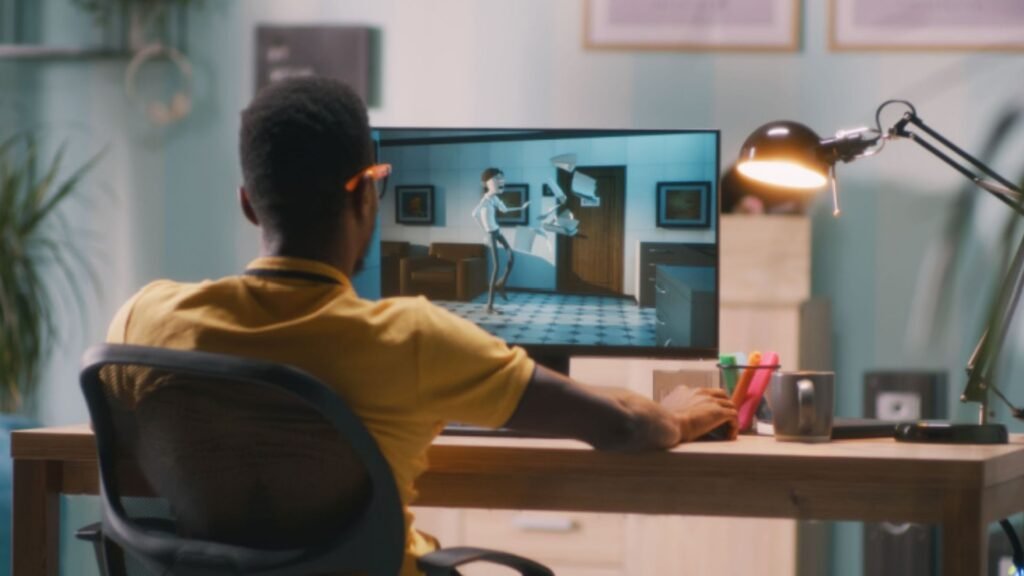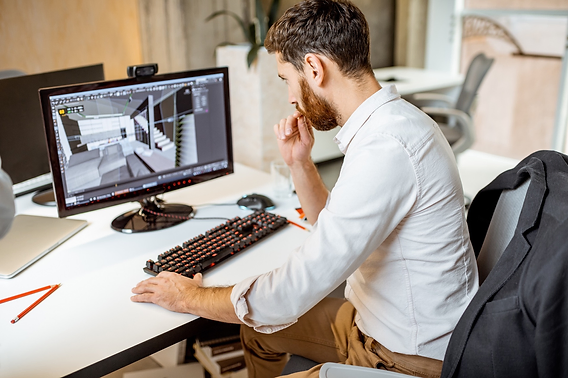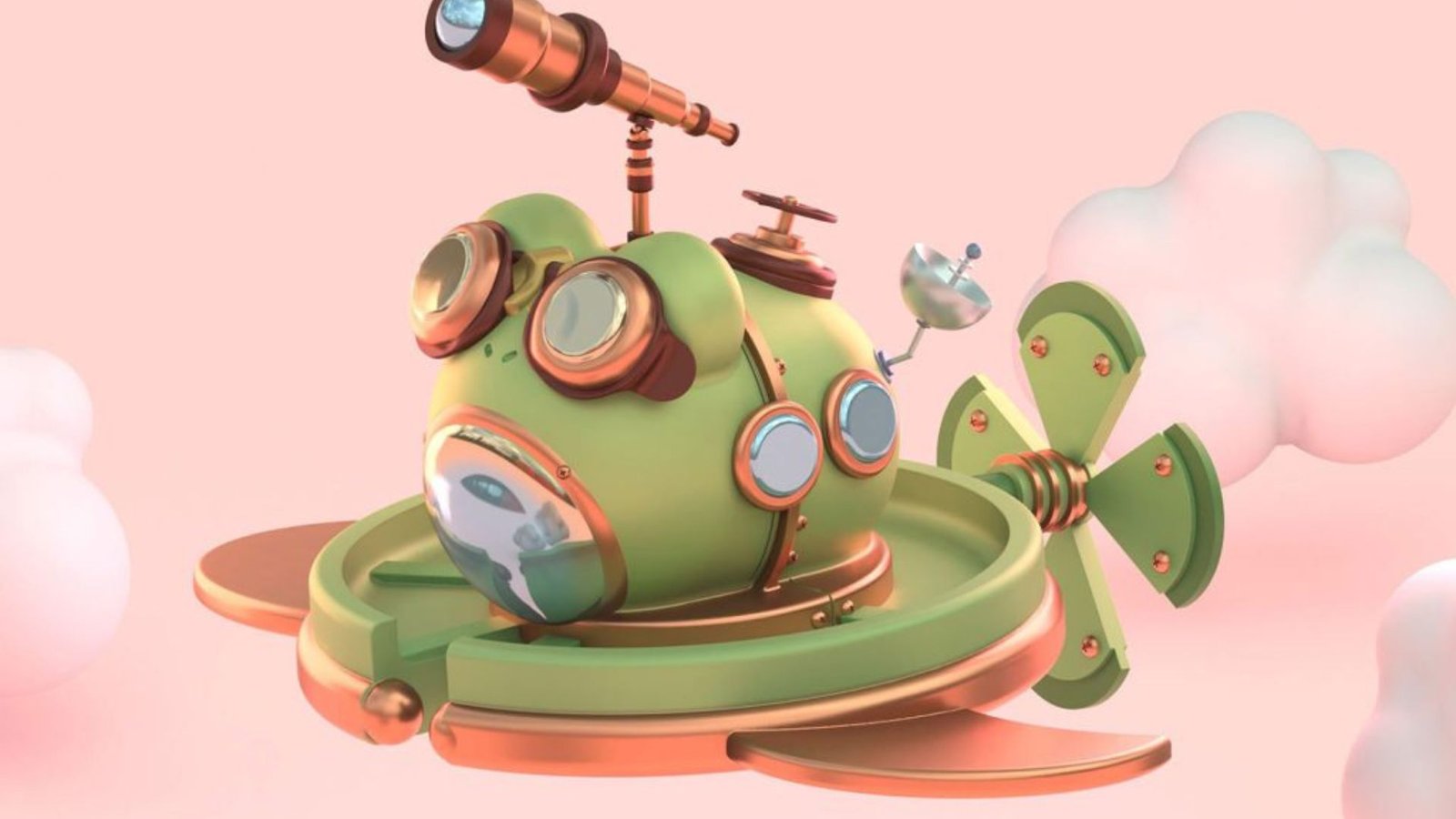In the rapidly evolving world of 3D art, mastering a wide range of technical and creative skills is crucial for success. Whether you’re creating digital sculptures, animations, or immersive environments, a strong foundation in various 3D art disciplines is essential. In this article, we explore the key skills that every 3D artist should master to thrive in this competitive field.

3D Modeling
At the core of 3D art is modeling—the process of creating a 3D representation of an object or character. A skilled 3D modeler needs to be proficient in various techniques, including:
- Polygonal Modeling: This is the most common method used in creating hard surface objects and characters. It involves creating a 3D object by manipulating polygons.
- Sculpting: For organic models like characters or creatures, digital sculpting tools such as ZBrush are vital. This method allows for highly detailed and intricate designs, giving models a more natural, lifelike appearance.
- Low-Poly vs. High-Poly Modeling: Understanding when to use low-poly models (for games and real-time applications) versus high-poly models (for film and detailed renders) is essential for optimizing workflow and performance.
Mastering 3D modeling enables artists to create anything from simple objects to complex environments, giving them the versatility needed for various industries like gaming, film, and virtual reality.
Texturing and Shading
Once the 3D model is created, the next crucial step is texturing, which involves applying surface details such as colors, patterns, and materials. A solid understanding of texturing and shading ensures that models appear realistic and visually appealing.
- UV Mapping: This technique involves unwrapping a 3D model’s surface into a 2D representation to apply textures accurately. A good understanding of UV mapping is key for seamless texturing.
- PBR (Physically Based Rendering): PBR is a shading model that simulates how light interacts with surfaces to create more realistic textures and materials, such as metal, wood, or skin. Mastery of PBR is essential for achieving lifelike renders in modern 3D art.
- Procedural Texturing: This technique uses algorithms to create textures without relying on image files, providing artists with a way to generate highly customizable materials.
Texturing and shading elevate the look of a model, making it look realistic or stylized based on the artist’s vision. Mastery of these skills is a must for creating visually engaging art.
Lighting
Lighting is one of the most important factors in creating mood and realism in a 3D scene. A deep understanding of lighting is essential for making a 3D environment or model stand out.
- 3-Point Lighting: This is a foundational lighting setup in 3D rendering. It consists of a key light, fill light, and backlight, which together create a balanced and professional look.
- HDRI (High Dynamic Range Imaging): HDRI maps are used for realistic environmental lighting, providing more accurate lighting and reflections by simulating real-world light sources.
- Lighting for Mood and Composition: A good 3D artist knows how to manipulate light to create specific moods, directing the viewer’s focus and enhancing the narrative of the scene.
Lighting not only helps to showcase the textures and details of models but also plays a crucial role in storytelling and atmosphere. Artists must be able to use lighting to convey emotion and focus in a scene.
Rendering
Rendering is the process of producing the final image or animation from a 3D scene. A strong grasp of rendering techniques is essential for bringing 3D models to life in a way that looks polished and professional.
- Render Engines: Different render engines like Arnold, V-Ray, and Blender’s Eevee and Cycles offer different strengths, such as real-time rendering or photorealistic results. Understanding how to use each of these effectively is key to a 3D artist’s workflow.
- Optimization: Rendering can be time-consuming, especially with complex scenes. Artists need to optimize their scenes by reducing polygon count, managing texture sizes, and using efficient lighting to ensure quick render times without sacrificing quality.
- Post-Processing: After rendering, artists often use software like Adobe Photoshop or After Effects to touch up the final images or animations, adjusting color, contrast, and adding effects.
Mastering rendering allows artists to create high-quality final outputs, whether they’re for games, films, or VR experiences. A good understanding of rendering tools and optimization techniques can drastically improve an artist’s workflow and results.
Conclusion
Mastering these essential skills in 3D art—modeling, texturing, lighting, rendering, animation, sculpting, and software proficiency—forms the foundation for a successful career in the industry. As technology continues to evolve, 3D artists must continually refine their skills, experiment with new tools, and stay updated with industry trends. With these skills in hand, 3D artists can create breathtaking visual experiences across gaming, film, architecture, and beyond, shaping the future of digital art.




